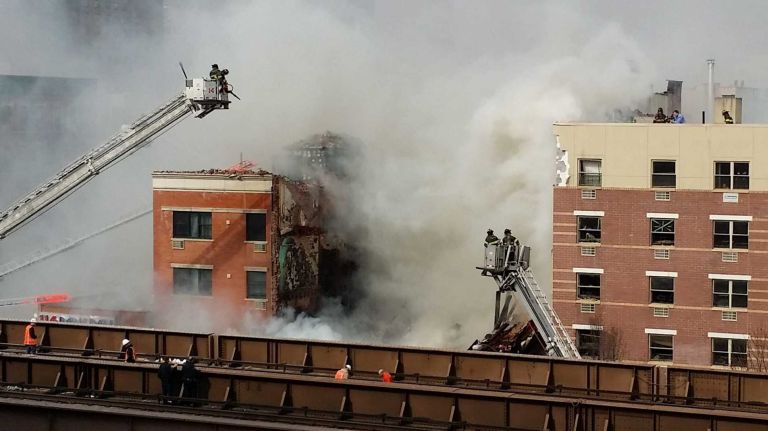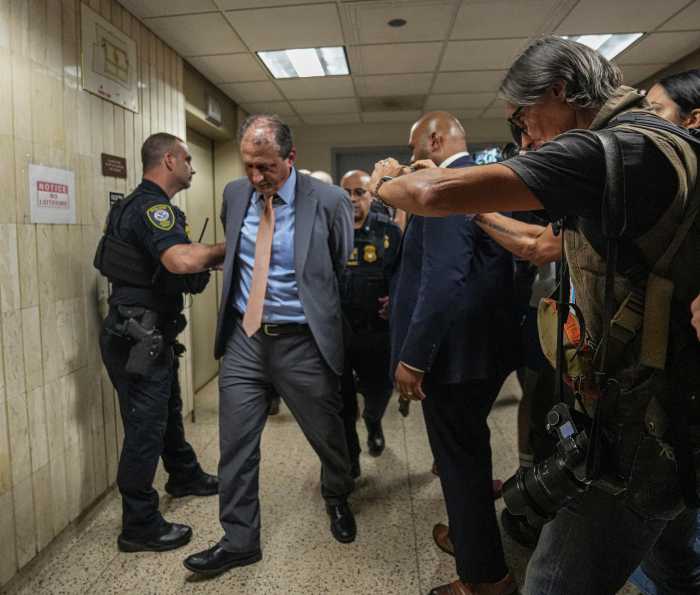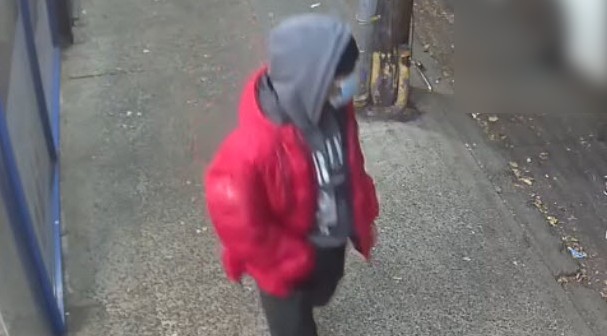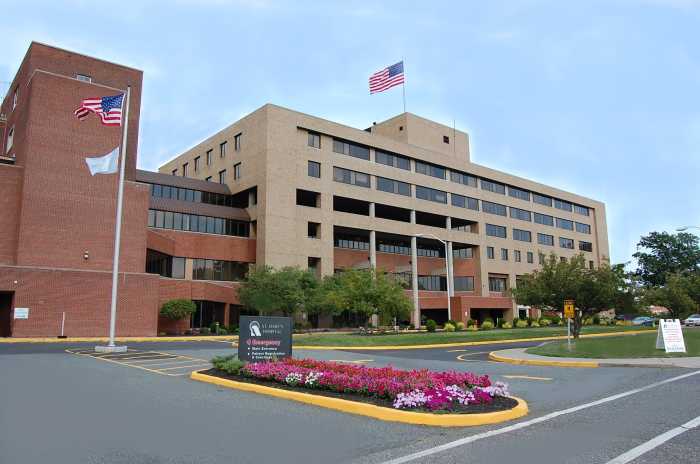
The National Transportation Safety Board yesterday assigned blame to both Con Edison and the city’s Department of Environmental Production for the East Harlem explosion last year that killed eight people, left 50 injured, and leveled two five-story apartment buildings, leaving more than 100 people homeless.
A federal probe painted a grim picture of human error and staggering infrastructure decay that combined to form a fatal storm caused by a faulty fusion joint installed by Con Ed and a long-ruptured city sewer pipe that caused a gas line to sag, overstressing the defective joint,likely leading to the deadly March 12, 2014 morning blast.
According to an executive summary of the report, the faulty joint installed by Con Ed in 2011 allowed natural gas to leak from the gas main and migrate into 1644 Park Avenue, where it ignited. But a breach in a sewer line that went unrepaired by the DEP since 2006 allowed groundwater and soil to flow into the sewer, causing the gas main to sag, resulting in excess stress at the critical, imperfect juncture.
Con Edison also didn’t notify the FDNY immediately when it first got a report of a gas smell by a resident at an adjacent building, the report said.
Numerous lawsuits are expected to be filed over the explosion and the city and Con Edison were quick to claim their corners, attributing the lion’s share of the blame to each other.
“Damage to the sewer and the road depression above it were localized events which had no causal connection to the failure of Con Ed’s gas service connection or the rupture in the city’s water main,” City Hall spokeswoman Amy Spitalnick said in a statement.
The statement noted that the city is now in the process of improving its response to potentially hazardous conditions and upping investment in infrastructure.
The fused joint on the gas pipe “was not done totally correctly, but it did not lead to the explosion: It held,” countered Con Ed spokesman Phil O’Brien. He said a bulldozer moving earth after the blast “came in and ripped out the fused joint,” leading some to mistaken conclusions. Con Ed’s official statement also said the NTSB report, “leads us to conclude that a pre-existing sewer breach beneath the roadway in front of the buildings caused years of street depressions and an undermining of the soil supporting gas and water mains.” This ultimately led to the crack in the joint that caused the explosion, the statement said.
While there is still disagreement as to the cause of the blast, all participants agree “on the importance of doing everything in our control to prevent a tragedy like this from happening again,” Con Ed said in a statement, noting it has added numerous new protocols and increased inspections to “better protect lives and property.”
Con Ed was told to revise its plastic pipe fusion welding procedures in several ways, provide “clear written guidance to the Gas Emergency Response Center staff” to expeditiously notify the FDNY when it receives complaints of gas leaks and to improve staff training. The utility was also instructed to expand its gas main valve installation program, “giving priority to more densely populated areas.”
The NTSB told the city to implement a written program or procedure “to ensure the integrity of your sewer lines, repair breaches in a timely manner, and coordinate with other agencies to identify and address potential soil disruption and voids.”
The New York State Public Service Commission also came in for criticism: The state “audit program for pipeline operators does not effectively address all aspects of the state regulations,” according to the feds.





































